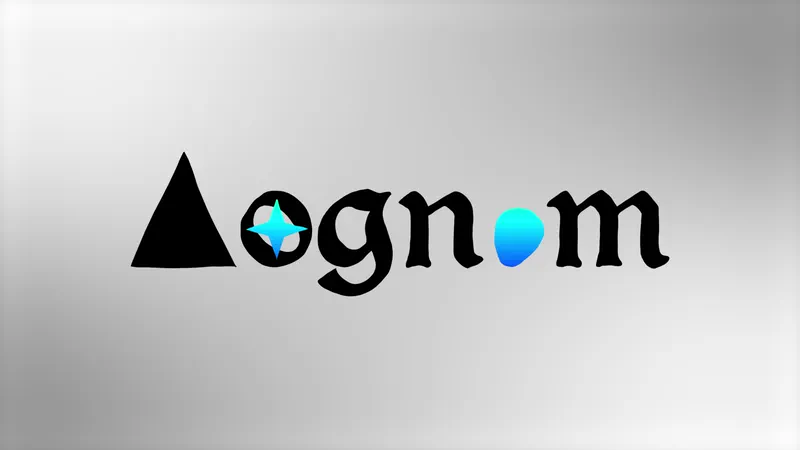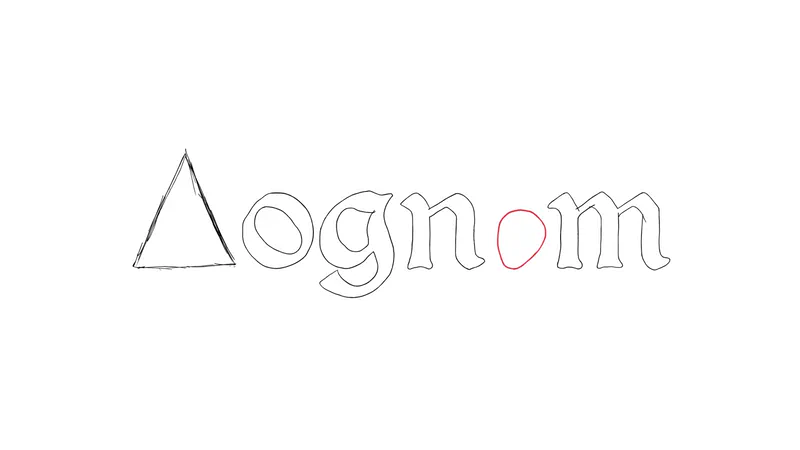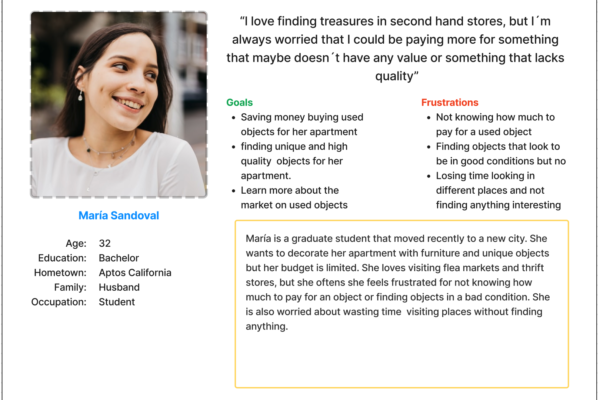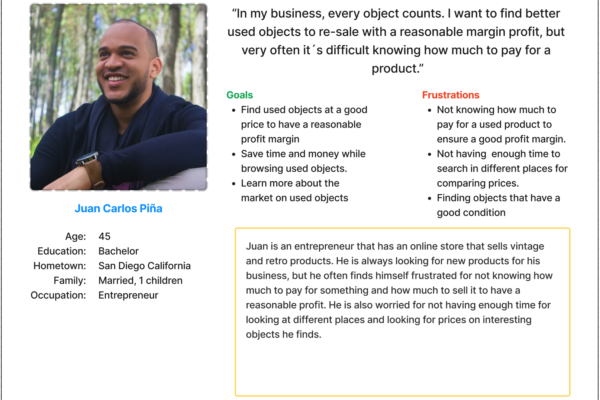

What started as my Google UX Certificate project (formerly “dScout”) evolved into Lognom: a playful platform concept that helps users track, value, and discover unique items.
For this rebrand, I pushed the project beyond UX research—bringing in animation, character design, and motion to give the product a personality.
Vision & Concept
What started as my Google UX Certificate project (formerly “dScout”) evolved into Lognome: a playful platform concept that helps users track, value, and discover unique items.
For this rebrand, I pushed the project beyond UX research—bringing in animation, character design, and motion to give the product a personality.
Challenges
Designing Lognom meant balancing:
- Data accuracy and availability.
- Multi-platform design (mobile & web).
- Simplicity vs. functionality.
- Building a strong community.
- Privacy and security.
- (Each of these was explored not just as UX problems, but as opportunities to bring clarity through design and animation.)
Research
Competitive Analysis: We looked at Ebay, WorthPoint, and Facebook Marketplace to find the gaps in user trust and community building.
User Personas: Example, María Sandoval—a student who loves flea markets but worries about overpaying or wasting time.
User Journey: From leaving home to scanning items and completing a purchase, we mapped out frustrations, motivations, and opportunities.
Competitive Analysis

User Personas
User Journey

Design Process
Wireframes: Started with sketches, refined into digital layouts.
Prototype Flow: Iterated navigation, collections, and community features.
Prototypes: Embedded directly from Figma, from low-fi to high-fi, showing the evolution of the app.
Paper Wireframes

Digital Wireframes





